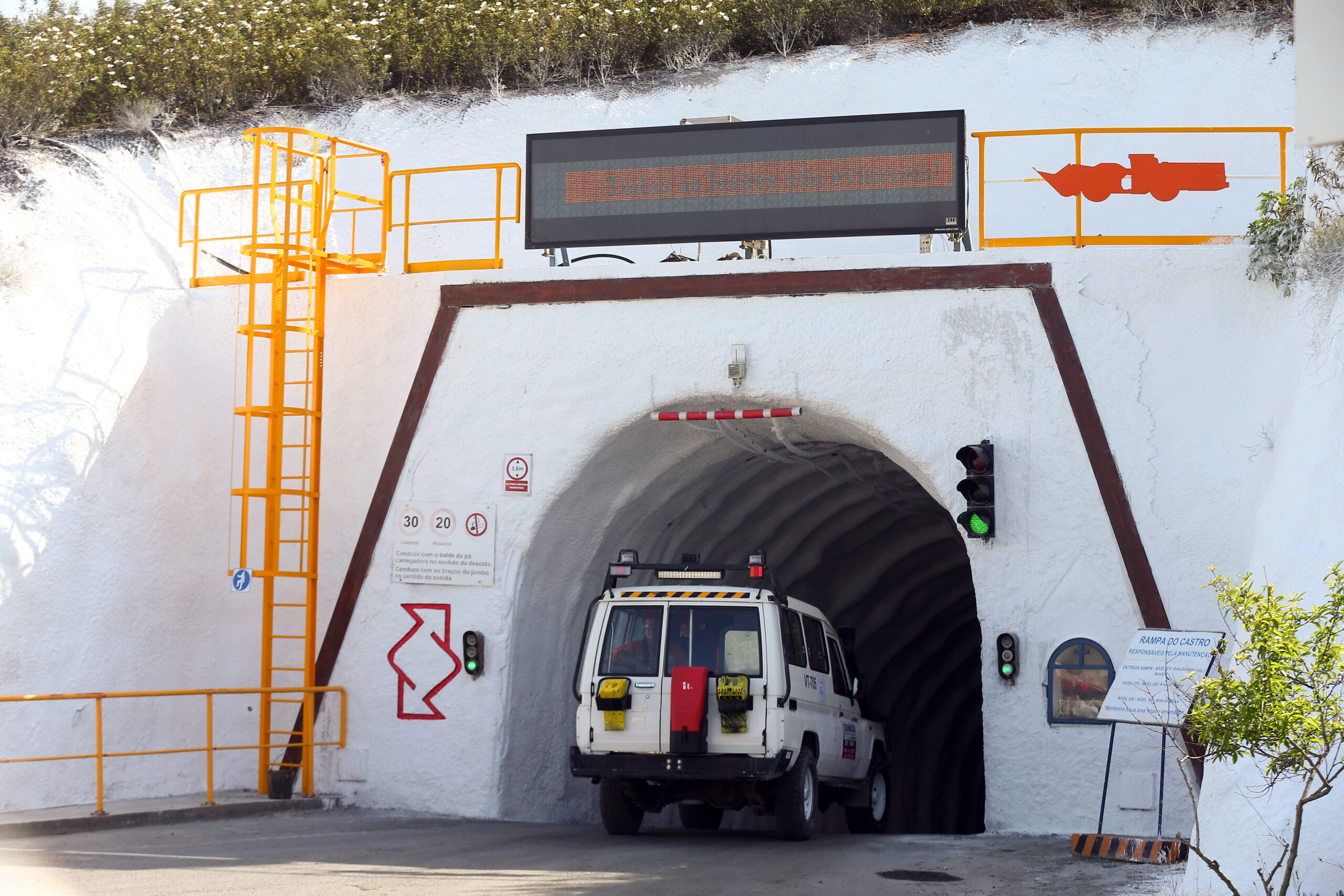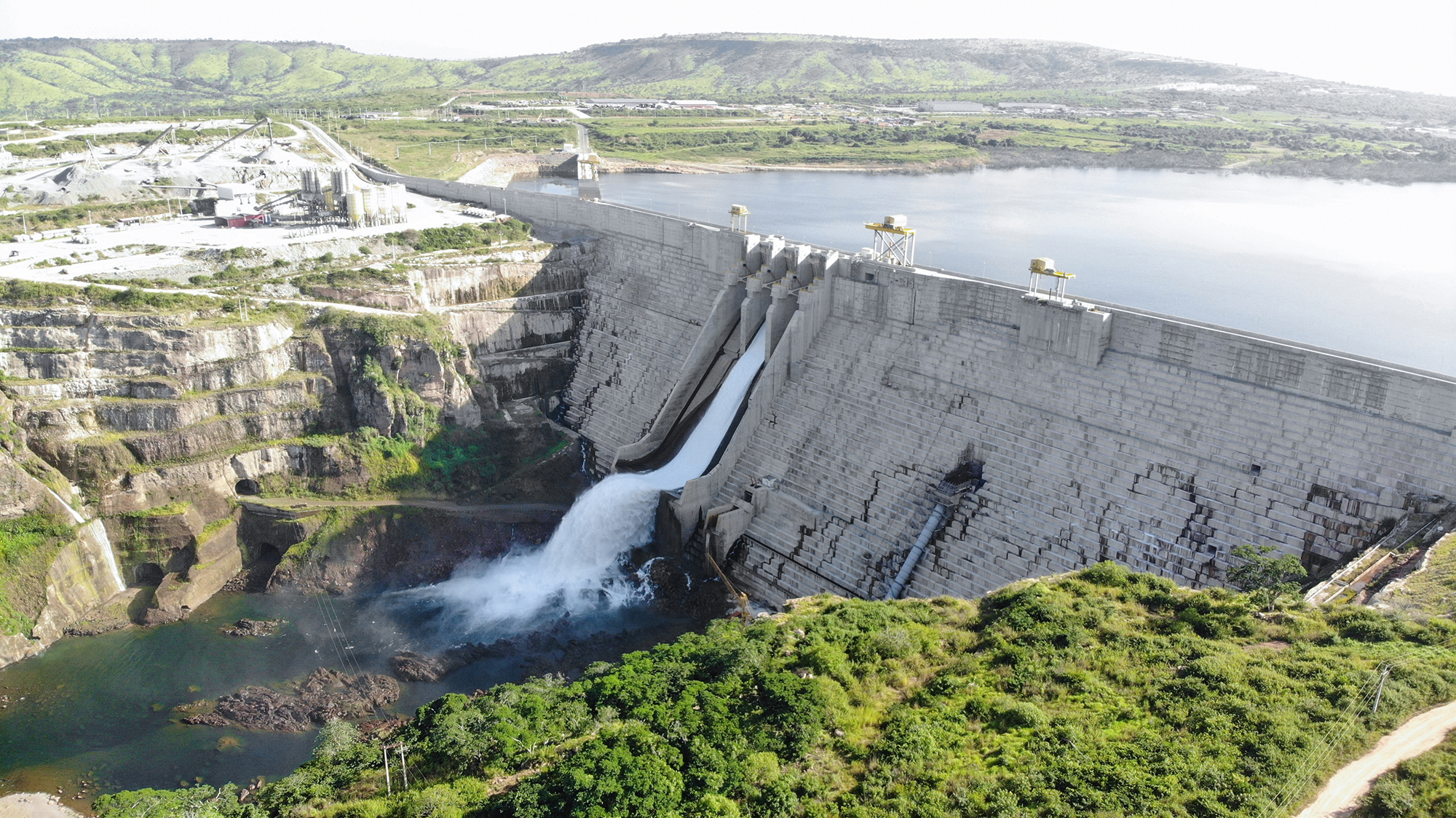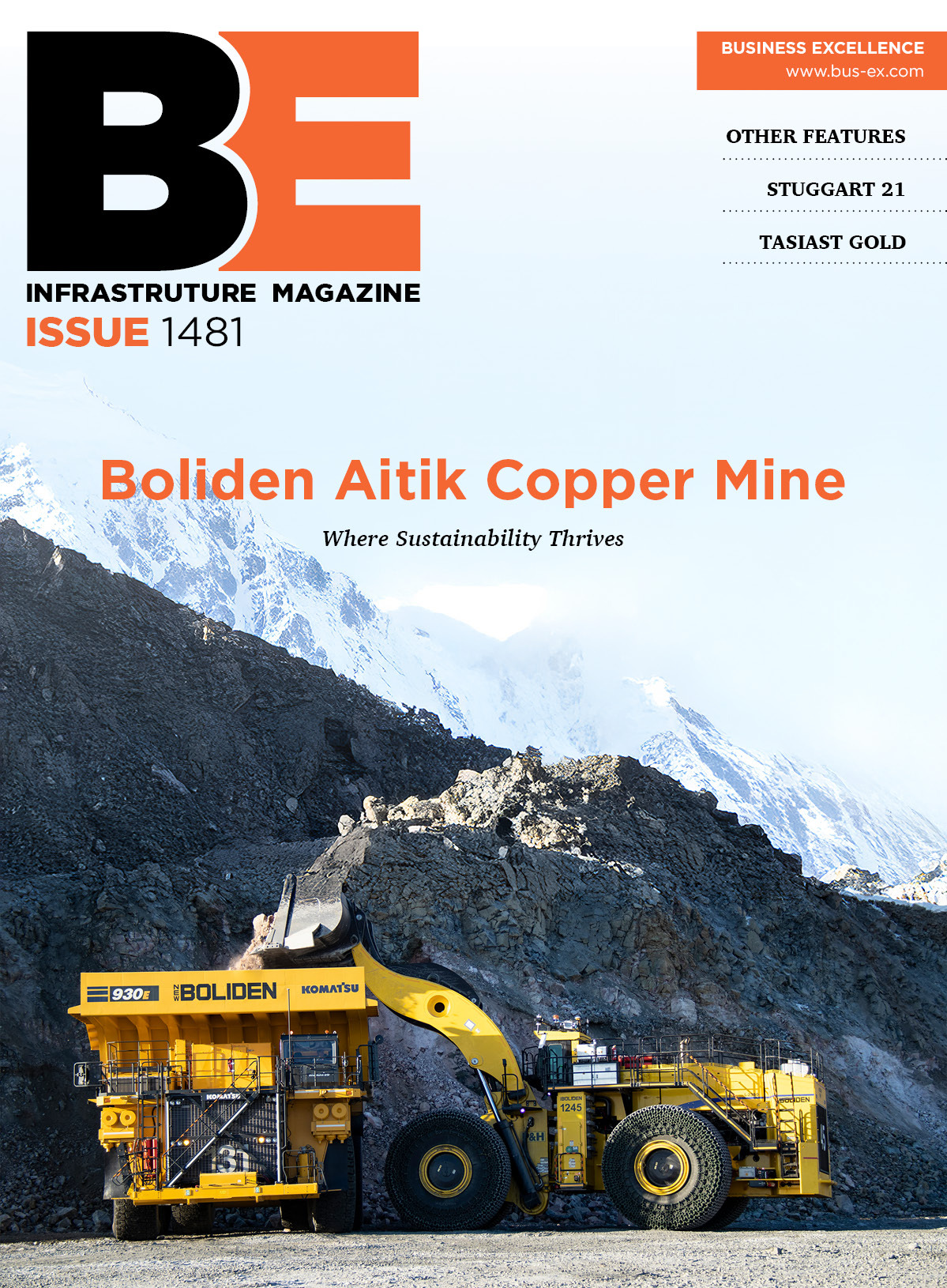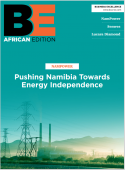
The National Development Corporation of Tanzania owes its existence to one of the most significant figures in the story of Tanzania’s journey towards independence. The man who was later to found and lead NDC, Sir George Kahama was appointed Minister of Commerce and Industries in President Nyerere’s first cabinet, and one of his priorities in the two years he spent in the job was to draft the legislation that established NDC. It is worth quoting Joseph Kahama’s account of the original vision in his biography of his father. NDC was, he says, to be “a cross-cutting government agency designed to develop the industrial and export sectors of the economy. The aim was to make it flexible and able to take initiatives in … the sectors that would export and earn the foreign exchange the country so needed to support its social projects.”
The organisation traces its origins back to the Tanganyika Development Corporation established at the time of independence but it was not until 1965 that it was re established as the NDC, and in 1966 Kahama was recalled from Germany where he had held post of Ambassador in Bonn to become its General Manager and CEO. After the Arusha Declaration of 1967 another role was added to NDC, that of becoming a holding, creating joint ventures that secured a share of profits for Tanzania while encouraging the inflow of overseas investment. Sir George created a modern management structure based on his experience in the co-operative movement before independence. A group of subsidiary companies was formed, with the most profitable providing growth capital for long-term projects – a system refined when McKinsey & Co was brought in 1968.
In the late 1960s and early 1970s NDC became a diversified parastatal company, largely independent of central government control and with holdings in all sectors of the economy. Among its portfolio were key foreign exchange earning enterprises such as Williamson Diamond Mines, Tanzania Sisal Corporation and the National Textile Industries Corporation, through middle ranking organizations like the Tanganyika Standard newspaper, under the editorship of Frene Ginwala, to much smaller concerns like the state publishing house TPH and Tanganyika Meerschaum, based in Arusha.
Sir George led the NDC until 1973, where necessary bringing in expatriate managers whose brief was to transfer their skills to Tanzanians. He left to oversee the establishment of a new capital at Dodoma and in the intervening years the corporation has evolved, and by the 1990s all its former constituent companies had been privatised. Today the NDC organization structure is made up of the Board of Directors and a management team under its CEO and Managing Director Gideon Nasari. His appointment in 2007 ushered in a new era for NDC. He is keen to foster a culture of entrepreneurship among Tanzanians, something not encouraged in the years of socialism: “I would like NDC to generate as many projects as possible, so we can create a strong private sector that is involved in value addition activities. Then I would like NDC to be built to a level where they can invest outside the country.”
The government recapitalized NDC in 2008 and was given a mandate to expand into strategic industries. According to Corporate Affairs Manager Abel Ngapemba the approach is that of public-private partnerships. Any company wishing to set up operations in Tanzania can approach NDC with the objective of setting up a joint venture company, listed on the Dar es Salaam Stock Exchange. “The NDC holding in the company is determined by mutual agreement. We have a lot of flexibility, and can relinquish some of our shareholding or increase it as conditions dictate at the time.”
The organization faces a massive opportunity, he continues. “We want to encourage investment in agriculture, mineral resources, energy and downstream value added industries such as meat processing and biofuels.”
Ngapemba points to a few of the larger strategic projects that NDC is currently involved in. By far the biggest, something of a game changer for the economy, is the development in Ludewa Region on the eastern shore of Lake Nyasa in the south of Tanzania of a large coal, iron ore and energy complex. With $3 billion of financing the Integrated Liganga-Mchuchuma Project in the south of the country represents the single largest investment venture in East Africa. Securing the finance was a milestone for NDC, which had brought in China’s Sichuan Hongda Group to form a joint venture company called Tanzania China International Mineral Resources Limited (TCMR) to implement the project. The Chinese partner holds 80 percent of TCMR and NDC 20 percent, however NDC plans to increase its share to 49 percent.
This megaproject is expected to continue producing over 70 years during which time a total of 219 million tonnes of iron ore will be mined, as well as around 174,000 tonnes of titanium and 5,000 tonnes of vanadium. "We estimate that there are over 480 million tonnes of coal reserves at Mchuchuma, which are enough to generate 600MW of electricity, of which 300MW will be used to extract iron ore at Liganga and the remaining 300MW will be connected to the national grid," says Ngapemba.
It is estimated that the Mchuchuma coal mine will be able to produce three million tonnes of coal a year. Some of this will be exported. “They are currently busy defining the resource and carrying out environmental impact assessments: next year we hope that mining operations will be able to start,” he says. As well as the mine itself, the company also intends to establish a 600 MW power station and transmission lines to connect it to the grid.
The Ludewa project will require considerable investment in infrastructure. The nearest deepwater port is at Mtwara, where further upgrading is envisaged. However the site is less than 200 kilometres from Mbeya on the Tanzania-Zambia railway (Tazara) giving TCMR the option of transporting processed ore and other products to Dar es Salaam or inland to Ndola and beyond. The ore mine is expected to start operations during 2015 with production of iron and steel products following in 2016. It is he points out, a very complex project, but one that will bring as many as 8,000 jobs to the region and boost the economy: it is thought that the Mchuchuma-Liganga project will have a turnover of $1.2 billion per year, equivalent to 7.5 percent of Tanzania’s current GDP.
A thousand kilometres to the north of Ludewa the Lake Natron Soda Ash Project is a promising economic development that is a little more controversial. Lake Natron is named after the mineral in which it abounds – soda ash. Soda ash is a sought after chemical raw material with a host of uses from detergents to paper making, and Lake Natron contains 217 million cubic metres of brine from which NDC proposes, with a strategic partner, to extract 500,000 tonnes, rising to a million tonnes per year.
Economic and environmental studies are ongoing with the cooperation of Ramsar Convention on Wetlands, the latter an important step, as Lake Natron supports the chief remaining population of lesser flamingos. The government is preparing an Integrated Management Plan (IMP) for the Lake Natron Ramsar Site under the ministry of Natural Resources and Tourism. Tanzania’s environment minister Dr Batilda Salha Buriani has said: "I am one of those who strongly believe that we have not inherited this planet from our ancestors but rather we have borrowed it from our children ... whatever decision we make should be with their interests in our hearts." There should be no lack of offtake partners if the scheme is cleared – India’s Tata has already been involved and may be persuaded to continue if an environmentally friendly extraction process can be found.
In any event, Natron is not the only source of this mineral and NDC wants to be seen as a listening organisation that puts heritage before profit. “For now, following environmentalists’ concern on the mining of soda ash from Lake Natron, we are doing more studies to see how flamingos can be affected with the project,” Ngapemba assures. “However, our major concentration is in another area, 58 km south east of Lake Natron in the Engaruka Basin where we have a very large soda ash resource, estimated at 4.7 billion tonnes. We are now doing techno-economic studies and soon will be looking for investor.”
Another Indian company, Nava Bharat Ventures, is partnering with NDC in a $111 million joint venture to create an integrated palm oil enterprise in the Kisarawe District in the Coast Region of Tanzania just south west of Dar es Salaam. The agreement signed this summer provides for an 80/20 division of the equity. “The project will develop an 8,000 hectare oil palm farm,” says Abel Ngapemba. “A contract farming scheme for out-growers will also be put in place, and NDC will support these upstream ventures and also partner with the private sector on downstream palm oil extraction and refinery operations that we are planning to build.”
Biomass from the growing programme will be used to fuel a power station that will drive the plant, and also contribute to the national grid, he adds. By developing new industries, NDC is also addressing the infrastructure needs of the country, one of the most acute being energy. Tanzania’s population is not much smaller than South Africa’s but South Africa is generating in the region of 45,00kW of power (and needs more) whereas Tanzania’s output is nearer 1,000kW – a clear illustration of the current state of imbalance. Or looking at it a different way, of the opportunity facing Tanzania’s National Development Corporation.
Written by John O’Hanlon, research by Candice Nice













